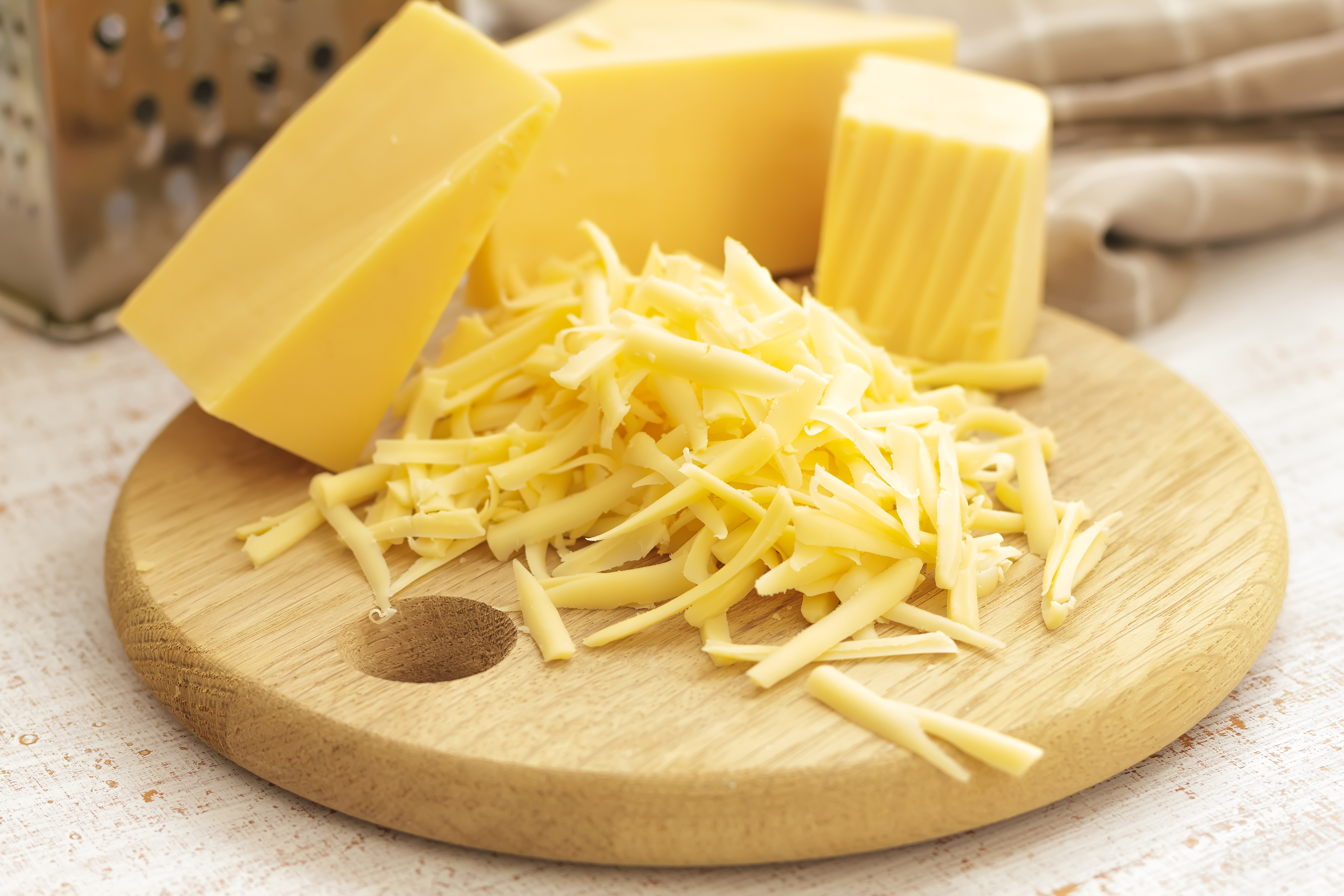Background
In the UK the use of Jersey milk for Cheddar cheese production is still limited, both in terms of the number of cheese makers actively using it and the quantities used. The reasons for this limited use can be linked to the concerns of certain cheese makers over its negative impact on texture and flavour as well as its financial implications.
Objectives
The basic premise of the research undertaken by the University of Reading was that by gaining a better understanding of the effects of inclusion of Jersey milk into the standard milk supply for Cheddar cheese production, the process could be optimised, leading to benefits to both cheese makers by increasing cheese yield (and thus financial gains) and Jersey farmers by increasing milk demand.
The project investigated the impact of Jersey milk inclusion in a Holstein-Friesian milk supply on Cheddar cheese quality and was carried out at laboratory, pilot plant, and commercial scale. The University of Reading research was sponsored by a number of organisations, including UK Jersey, Dartington Cattle Breeding Trust, The Royal Bath and West of England Society, Pocock Memorial Trust and Lye Cross Farm.
Outcomes and Impact
The research has a number of important outcomes, detailed below.
- Higher Cheddar cheese yield.
- Increased yield throughout the year (up to 35%*).
- Constant increase throughout the year.
- Increased fat recovery (up to 30%).
- Increased protein recovery (up to 13%).
*Based on both pilot and commercial trials using unstandardized milk with an average Holstein-Friesian milk composition of 3.94% fat and 3.15% protein and Jersey milk composition of 5.43% fat and 3.74% protein.
- Constant cheese quality.
- Cheese composition complied with legal requirements.
- Cheese fat increase in autumn, winter and spring (maximum increase 18%).
- Cheese moisture decrease in spring and summer (maximum decrease 8%).
- Cheese protein, salt and pH levels were not modified.
- Cheese colour was yellower in a few batches of cheese, however overall not noticeable difference was found either by graders or instrumental colour analysis.
- Cheese texture was not affected by the inclusion of Jersey milk as determined both by instrumental analysis and grading.
- Cheese grading scores both at 3 and 8 months were not affected by the inclusion of Jersey milk and the cheese produced on a commercial scale was sold at between 8 and 15 months.
- Consumers who tried mild Cheddar cheese made with up to 25% Jersey milk were not able to detect any differences.
Financial benefit
- Profit was increased when Jersey milk was included, with the higher cheese yield always outweighing the higher milk price.
- Cheese yield was the most important factor determining the level of additional profits while change in cheese price and milk price had a small impact, thus not putting the profitability of using Jersey milk at risk.
- Using high inclusion of Jersey milk reduces fluctuations of additional profit due to changes in cheese yield.
- Ease of blending and processing.
- The recommended blending point is the highest possible level of Jersey milk due to the important increase in yield and profitability and the lack of detrimental effect on cheese quality.
- No change in processing was found to be necessary.
Key staff
Colette Fagan, Associate Professor in Food Processing, Department of Food & Nutritional Sciences
Alistair Grandison, Associate Professor in Food Processing, Department of Food & Nutritional Sciences
Related Publications
Bland, J. H., Bailey, A. P., Grandison, A. S. and Fagan, C. C. (2015) Short communication: estimation of the financial benefit of using Jersey milk at different inclusion rates for Cheddar cheese production using partial budgeting. Journal of Dairy Science, 98 (3). pp. 1661-1665. ISSN 0022-0302
Bland, J. H., Grandison, A. S. and Fagan, C. C. (2015) Evaluation of milk compositional variables on coagulation properties using partial least squares. Journal of Dairy Research, 82 (1). pp. 8-14. ISSN 0022-0299

